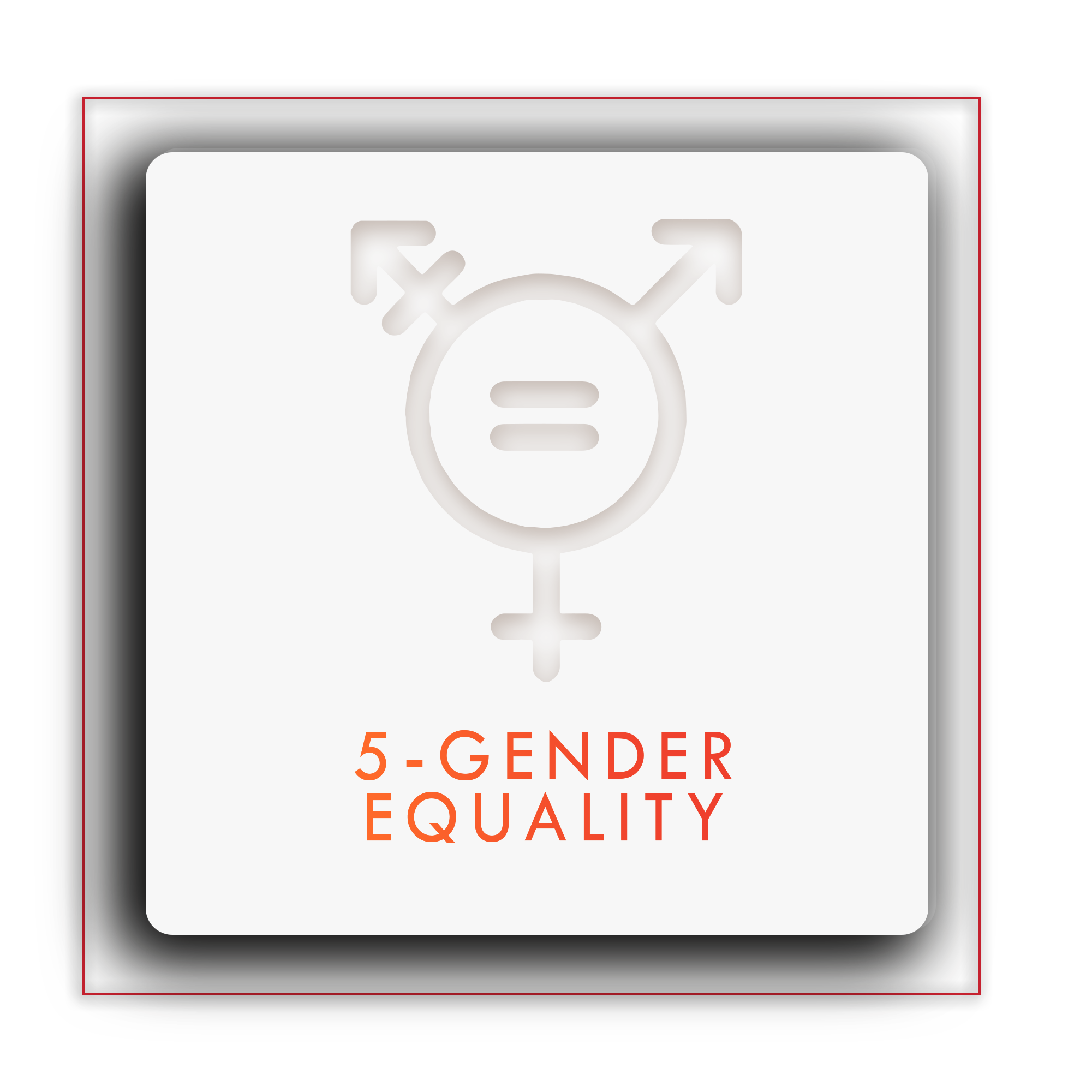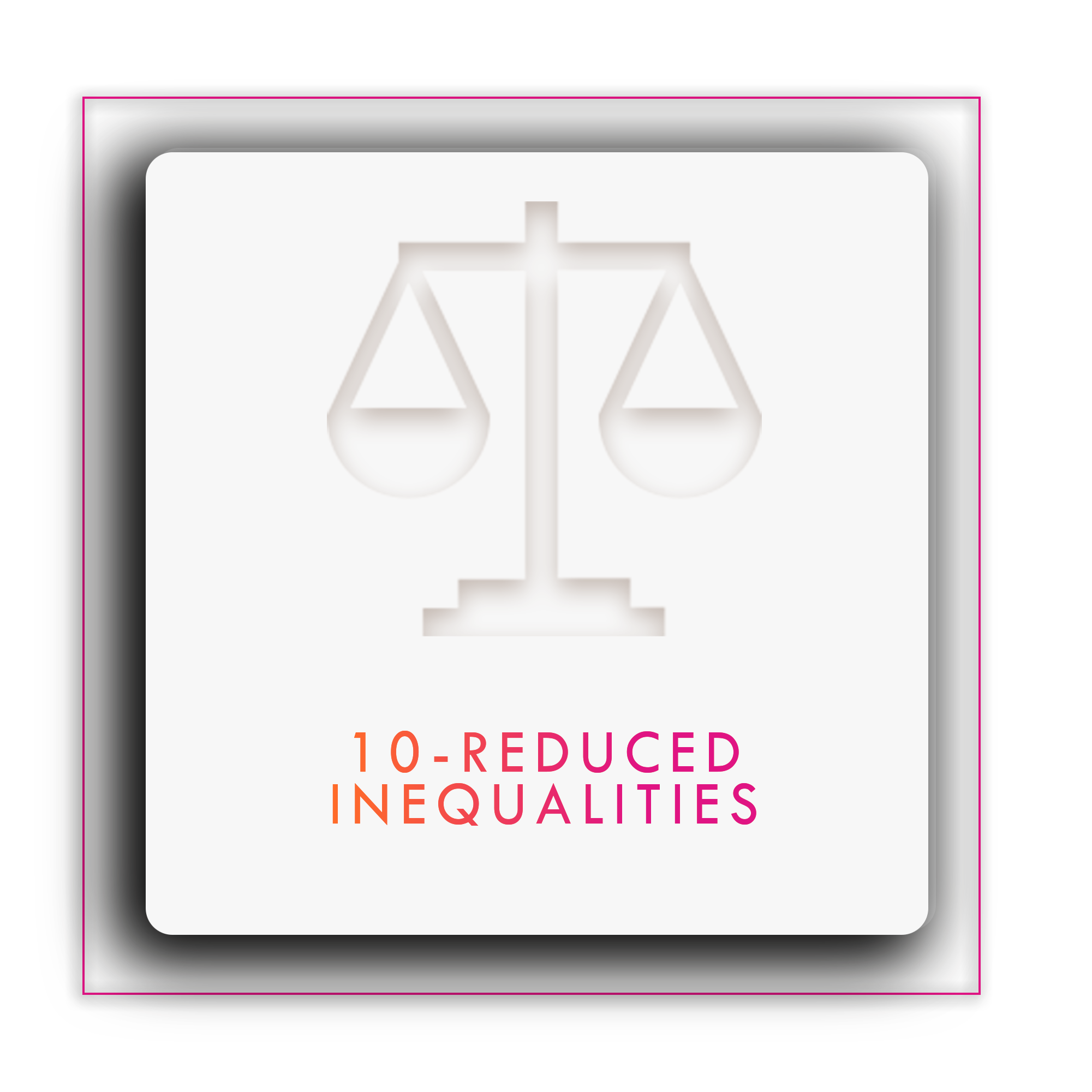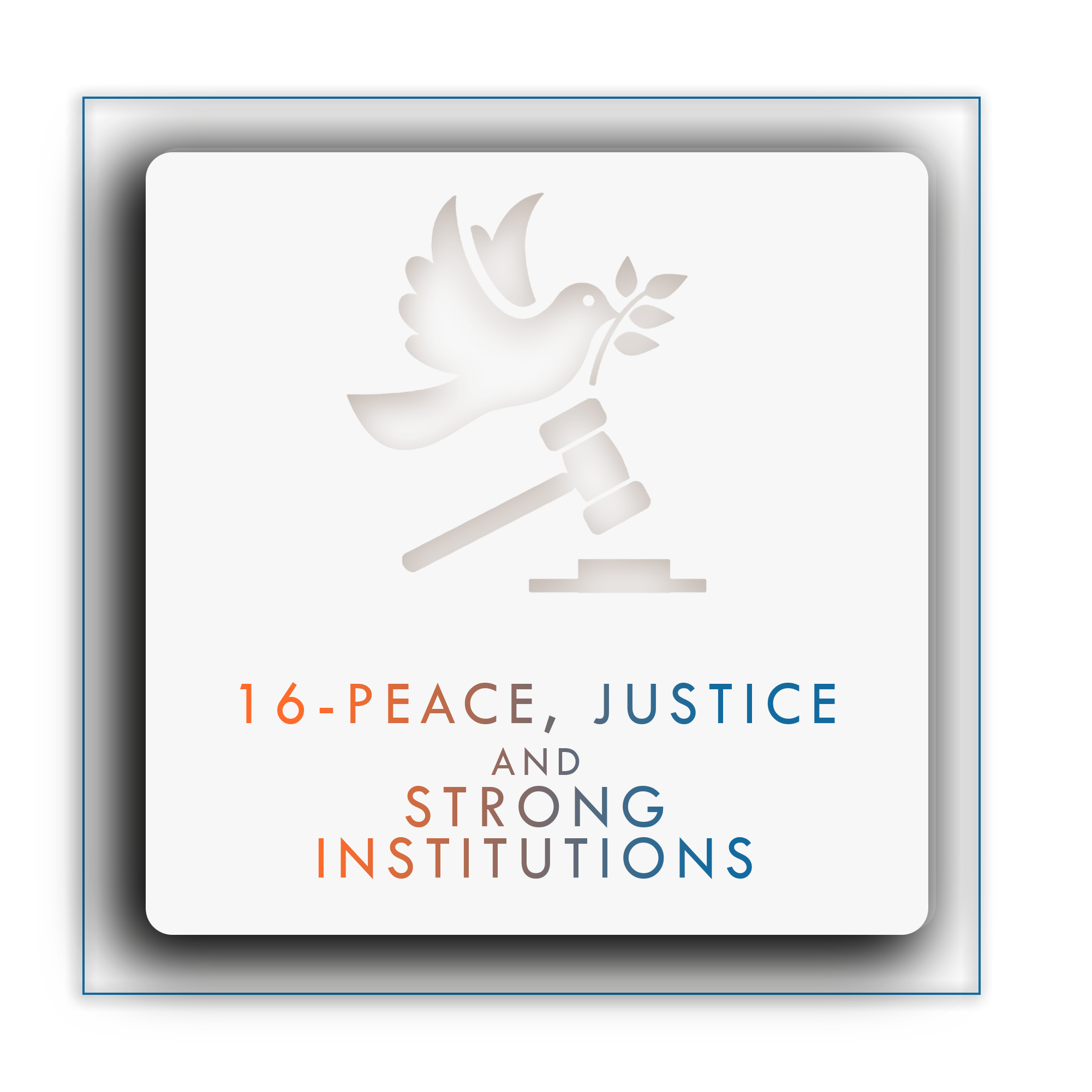Architecting Better Futures For All by Addressing Marginality and Intersectionality
Designing systems that address the needs of everyone is crucial to advancing true resilience and sustainability.
The unique and shared aspects of who we are interact with situations and surroundings differently, and in many cases, disproportionately and historically, this difference has too often been excluded from research and data analysis.
Despite incredible advances, the field of medical research, for instance, has only just begun to address the differences between male and female physiology in diagnostics and therapeutic development and has yet to adequately address the barriers faced by diverse individuals and groups. While diversity presents a significant challenge, it signals our need to pioneer efforts to design systems that are more inclusive and accessible so that we all, in this case, have access to the same quality of medical care.
Everything that makes us complex can also act as a disadvantage in systems that weren’t sufficiently designed for diversity. This is especially true when dealing with disasters of all kinds, including climate emergencies which have dramatically different impacts on different individuals and segments of the population. When designing for our modern world, one powerful way to account for this complexity is through careful examination of marginality and intersectionality.
We can think of marginality as a position or condition of a person or group at the margins of social, political, and economic systems (among others) that prevents them from accessing the same resources and services that people who do not share these characteristics can access, thus restraining their freedom of choice and hindering the development of their capabilities (1).
Intersectionality goes one step further by considering how individual marginalities combine to emphasize certain barriers. It is often defined as “the interconnected nature of social categorizations such as race, class, and gender as they apply to a given individual or group, regarded as creating overlapping and interdependent systems of discrimination or disadvantage”(2).
Historically, these concepts, and the experiences they reflect, have been ignored in research and lost in aggregated data sets. This leaves a significant gap that can explain the inequities in current policies, service design, mobility systems, and even access to energy and emergency response. At RWI, we work hard to account for this gap at all times when modeling and researching marginality and intersectionality.
In every Synthetic Environment, whether we are modeling public transportation or renewable energy, our carefully generated synthetic population reveals the limitless detail about people and their lives. This gives us the ability to learn what it takes to reach them and to support their unique needs, even in the most unimaginable situations like devastating earthquakes and other High Impact Low Frequency (HILF) events.
We have seen, time and time again, that the most meaningful, impactful, and cost-effective advances are often those that address underserved populations discovered at the intersections of margins in systems of all kinds. Building a better future by designing systems that ensure everyone has the same access to services and opportunities is challenging but rewarding for us all.
RUNWITHIT is actively working to contribute to the United Nations Sustainable Development Goals (SDG’s). This project has contributed to the following SDG’s:





